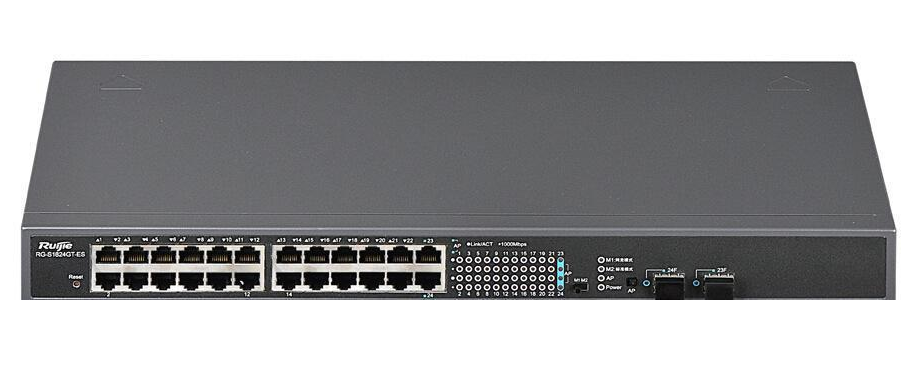A Layer 2 switch operates at the data link layer of the OSI model, which is responsible for managing the physical connections between devices and ensuring reliable data transfer. Compared to basic switches, Layer 2 switching technology has evolved significantly and is now quite mature. These switches can identify MAC addresses in incoming data packets and forward them accordingly. They support line-speed switching, meaning they can handle traffic at full speed without introducing significant latency.
At the data link layer, the switch maintains an internal address table that maps MAC addresses to specific ports. When a frame arrives, the switch reads the source MAC address and updates its table with the corresponding port. It then checks the destination MAC address and forwards the frame to the appropriate port if it knows where it is located.
The data link layer plays a crucial role in establishing communication between adjacent nodes. It ensures that data is transmitted reliably by detecting and correcting errors that may occur during transmission. This allows the network layer to receive data in a clean, error-free manner.

The fundamental unit of data at the data link layer is the "frame." Each frame contains a portion of the actual data being transmitted, along with control information such as source and destination addresses, and a checksum for error detection.
Ethernet frames come in different formats, but all begin with a 64-bit preamble. The first seven bytes are used for synchronization, while the eighth byte serves as a frame start delimiter. Following this, there are six bytes for the destination MAC address and six bytes for the source MAC address. Depending on the format, the next section varies, but all end with a 4-byte Frame Check Sequence (FCS) that uses a 32-bit CRC to verify data integrity from the destination address to the data payload.
The switch's operation process is as follows:
1) Upon receiving a frame, the switch reads the source MAC address to determine which port the device is connected to.
2) It then examines the destination MAC address and looks it up in its internal address table.
3) If the destination is on the same port, the frame is discarded to avoid unnecessary traffic.
4) If the destination MAC is known, the frame is sent directly to the corresponding port.
5) If the destination MAC is unknown, the frame is broadcast to all ports. Once the destination responds, the switch updates its table with the correct port, improving future performance by avoiding broadcasts.
The switch automatically builds and maintains its MAC address table in RAM. Each entry has a set lifetime, and it is refreshed whenever data is sent through that port. If no activity occurs for a period, the entry is removed to keep the table updated. This dynamic learning process ensures that the switch efficiently routes traffic across the network.
Heat Sink Design,Heat Sink Performance,Heat Sink Cooling
Wenzhou Hesheng Electronic Co., Ltd. , https://www.heshengelec.com
